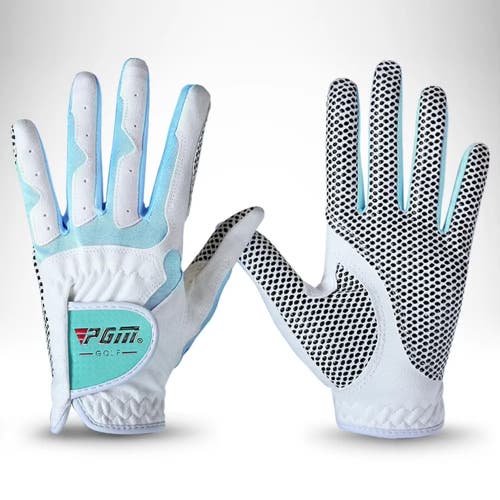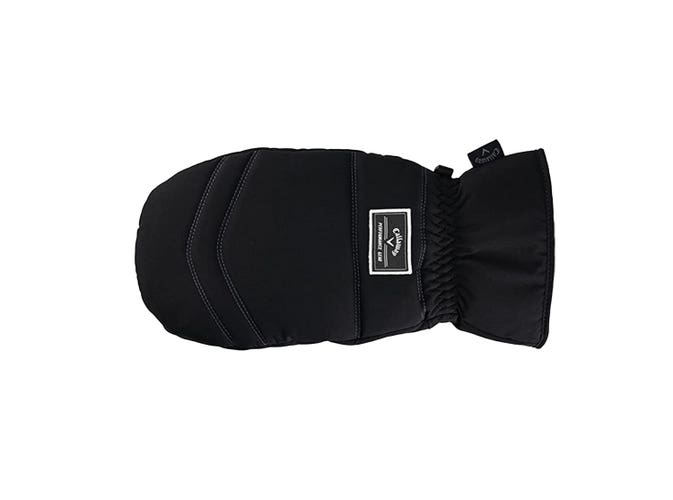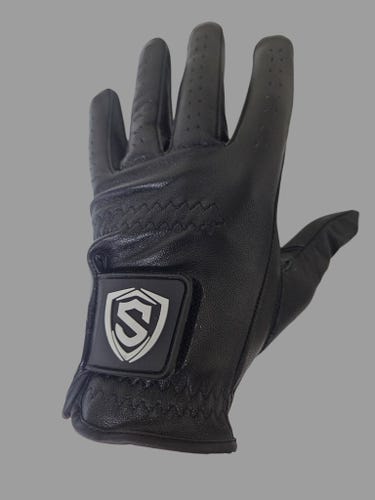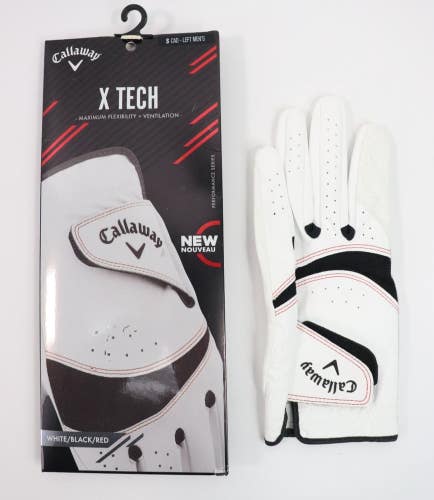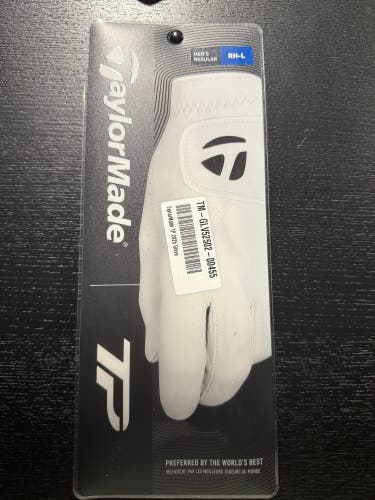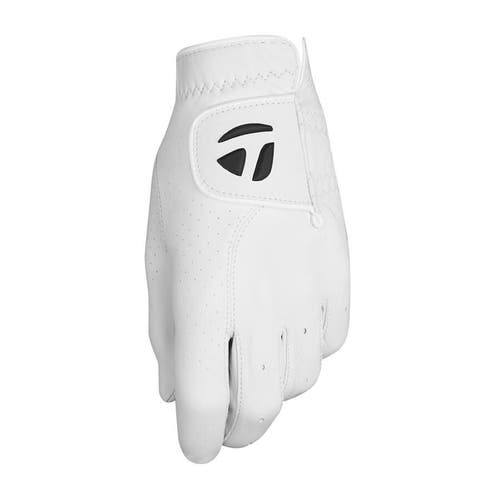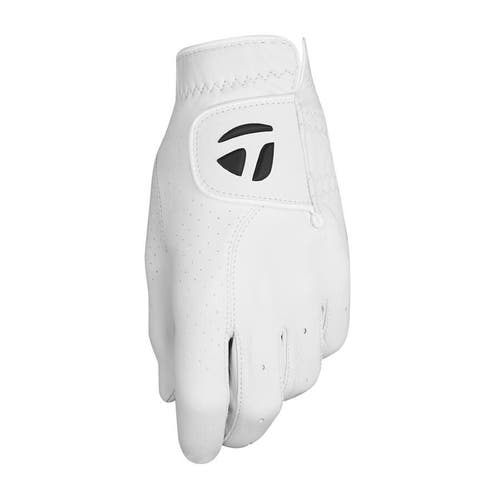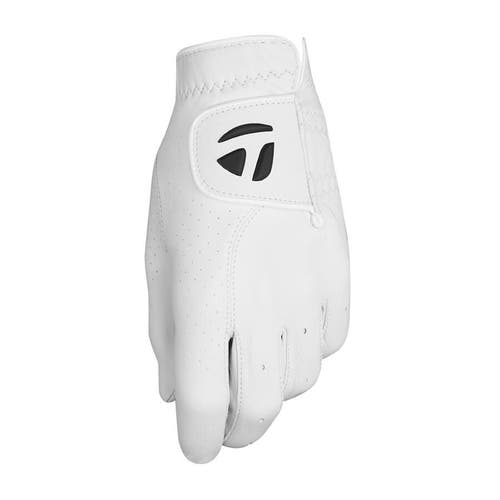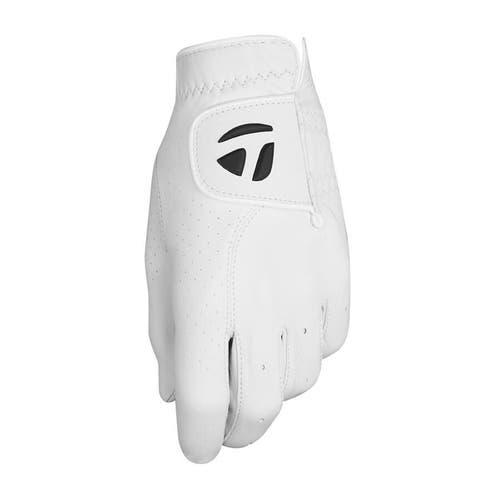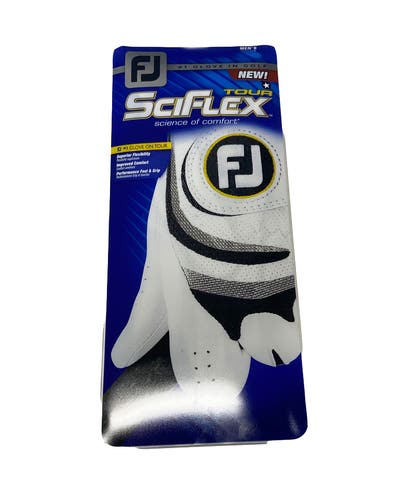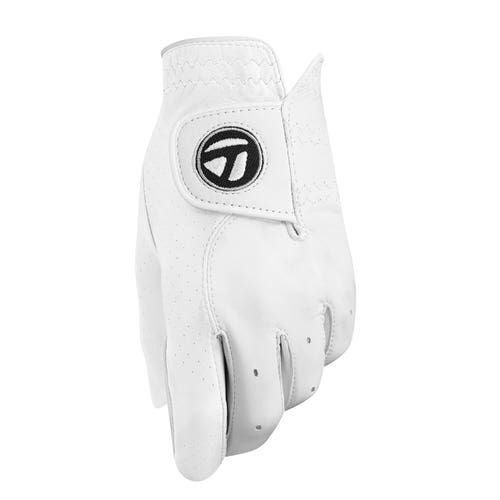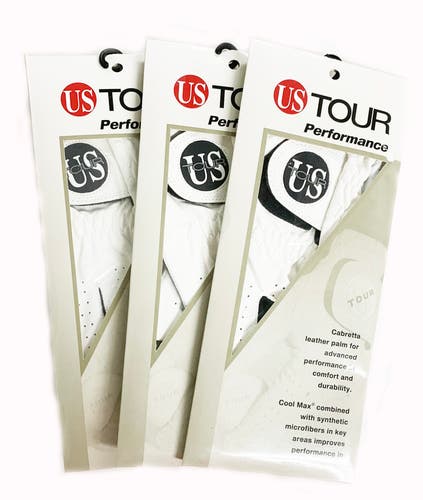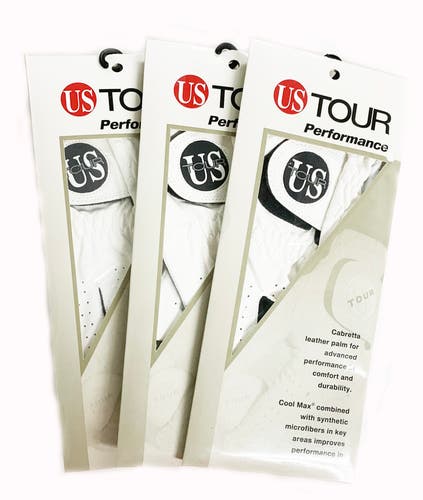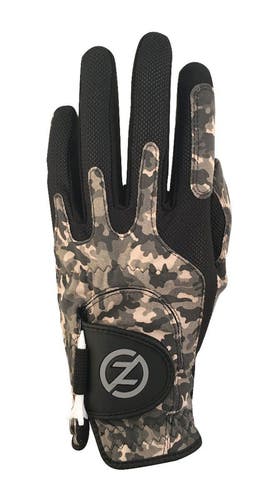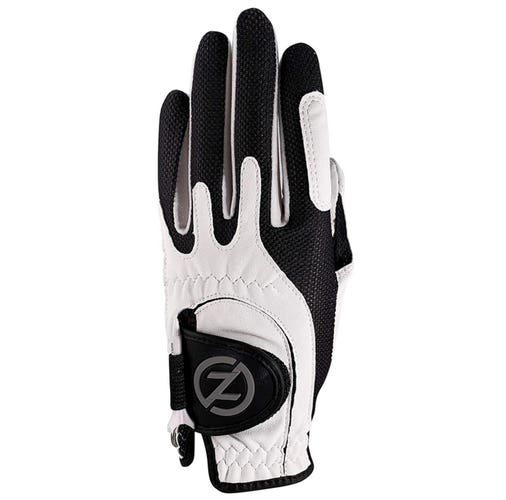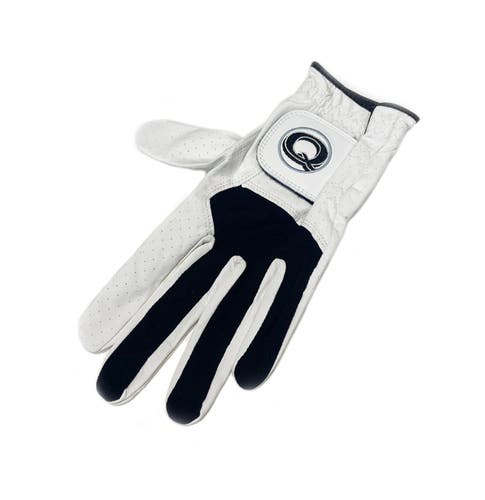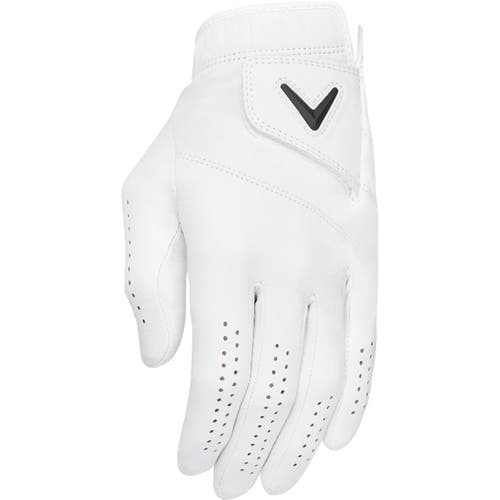History of Golf Gloves
Golfers haven't always worn gloves. It wasn't until the 1930s that golf gloves first came into common use, thanks to golfer Sam Snead. By the 1960s, it was rare to see a golfer not using a glove. As with most sporting equipment, the modern glove is sophisticated and designed to aid its wearer as much as possible. Many gloves now include a snap-on ball marker and are made from water-resistant leather. Gloves help golfers protect their hands from blisters, and enhance their grip on their clubs.
Golf Glove Sizing Guide
Golf gloves should have a snug yet comfortable fit. To get an idea of your size, simply measure the circumference of your glove hand around the knuckles. In golf, your glove hand is your non-dominant hand -- in other words, if you’re a righty, you will wear a glove on your left hand, and vice versa. Golf gloves come in kids’, women’s and men’s sizes. For kids, a “medium” glove size is typically around 6.7 inches. This increases to 7 inches for a medium women’s glove, and 7.5 inches for a medium men’s glove. Be sure to consult a sizing chart for the manufacturer of the glove you wish to purchase -- glove sizing may vary slightly between different manufacturers.
Best Golf Glove Brands
The best golf glove brands are usually similar to the manufacturers of the best clubs, apparel and so on. Footjoy's Contour FLX is a great option for those who want to combine style and breathability, while the Under Armour Strikeskin golf glove is adjustable and can be used by numerous players, no matter what their hand size. Finally, the Titleist Players golf glove, crafted from Ethiopian Cabretta leather, is praised for being comfortable and unobtrusive.



